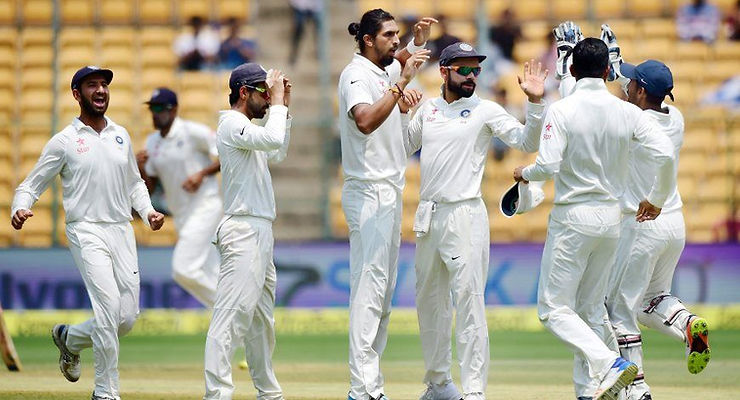By: Grace Zheng
“Cricket will be the hardest hit by climate change.”
That is the opinion of a 2018 climate report about outdoor sports that rely on fields. The sport cannot easily be played in the rain, nor extreme heat. Climate change has caused a rise in both.
By some measures, cricket is the world’s second most popular sport, after soccer, with two to three billion fans. It is most widely supported by countries like India, Pakistan, Bangladesh, Sri Lanka, and South Africa and the West Indies. These countries are all prone to rain, flooding, severe heat, drought, hurricanes, wildfires, and sea-level rise connected to human-caused greenhouse gas emissions.
Cricket in more developed nations such as England and Australia has also been affected by intense and increasingly frequent heat waves. The warm air can hold moisture, causing heavier rainstorms. This is also related to the climate change humans have caused.
This year, the sport has faced the hottest spring on the Indian subcontinent in over a century of record-keeping. “In June, when the West Indies — a combined team from mainly English-speaking countries in the Caribbean — arrived to play three matches in Multan, Pakistan, the temperature reached 111 degrees Fahrenheit, above average even for one of the hottest places on earth” an article in the New York Times says.
“It honestly felt like you were opening an oven,” said Akeal Hosein, 29, of the West Indies, who with his teammates wore ice vests during breaks in play, a way to cope with the heat.
The heat is not the only concern about cricket; the sport cannot easily be played in the rain. In July, the West Indies abandoned a match in Dominica and shortened ones in Guyana and Trinidad because of rain and the flooded fields.
According to a 2019 report on cricket and climate change, a professional batsman playing for over a day can produce as much heat as a marathon runner. However, marathon runners wear clothes that help the heat evaporate, such as light T-shirts and shorts, while in cricket, the wearing of pads, gloves, and a helmet limits the amount of heat dissipated into the air.
Climate change is affecting cricket in a dreadful way. If humans continue to emit greenhouse gasses and pollute the earth, cricket is only one of the sports that will no longer be able to be played.
“Action needs to be taken for us to manage this situation,” Daren Ganga, 43, a commentator and former West Indies captain who studies the impact of climate change on the sport, said, “because I think we’ve gone beyond the tipping point in some areas. We still have the opportunity to pull things back in other areas.”
Sources: (main-article)https://www.nytimes.com/2022/08/04/sports/cricket/cricket-climate-change-sustainable.html











